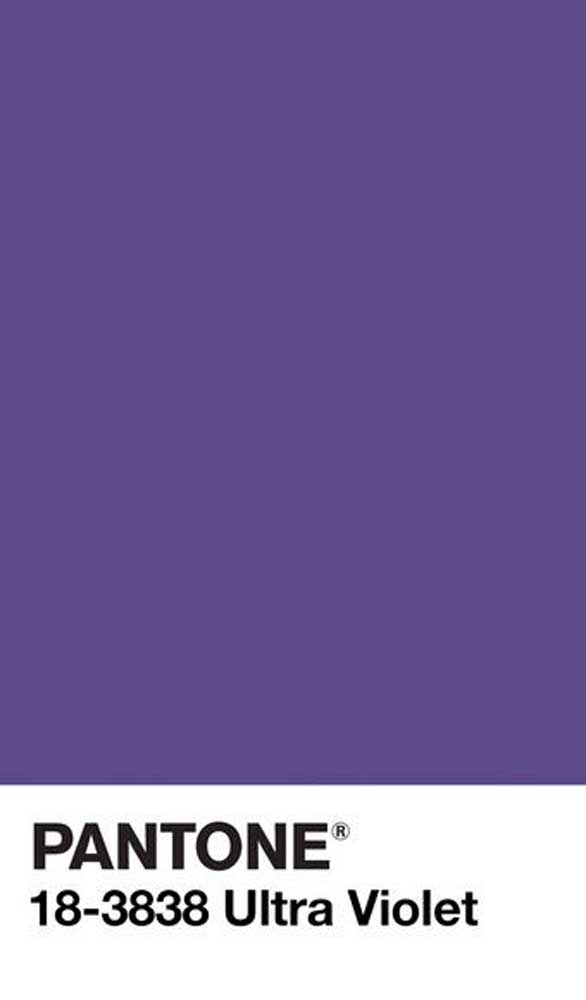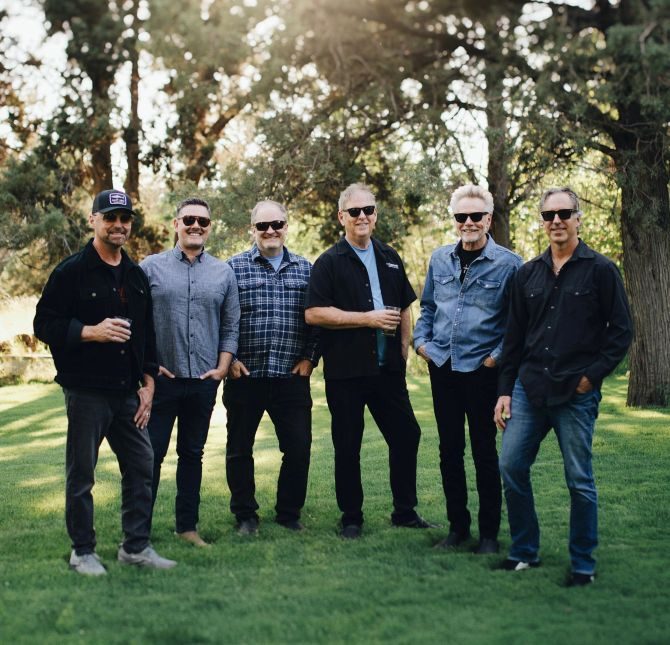Coloring the garden with Ultra Violet hues
Published 12:00 am Tuesday, February 20, 2018

- 2018's color of the year is Ultra Violet. Liz Douville says the color, or shades of purple, might make a more colorful garden.(Pantone file photo)
The color-standards company Pantone has forecast Ultra Violet as the color of 2018. If you need an excuse to use the color — but can’t justify the cost of redecorating — you might think about getting your color fix through your garden.
I started paying homage to the color by purchasing a bright violet hyacinth and combining it with an orangey-red primrose to be enjoyed on my dining table.
I know. The rule of thumb is to use uneven numbers in the garden for more eye appeal, so I need to purchase another primrose. That’s called justifying a purchase.
Where to start with purple or violet in the garden? We may not be thinking in the exact shade that Pantone is touting, but it is an eye-opener for a new garden design this year.
If you already have plantings of violet or purple phlox, salvia, beebalm, liatris or lavender, you have a beginning, but making it “pop” might need help. Container planting might be an answer if you want to experiment with a combination that is different than your norm. Half the fun of gardening is experimenting. Portland garden writer Dulcy Mahar once wrote, “It is flirting with color.”
Color analysts have proven that color choices can influence your mood and impact health. Some colors are stimulating, others relaxing. It is important to include a balance of colors. If you focus on one particular color, include a smaller amount of its complementary color. Complementary colors appear directly opposite one another on the color wheel, such as purple and yellow. There is a color for every mood.
Decorating the garden
Inspiration for using violet or purple plantings can come from many sources outside of design articles in garden magazines.
Advertisements in all magazines are a great source for color combinations. After all, their purpose is to catch your eye. Look through nursery catalogs and jot down which colors make you take a second look. I have a collection of paint chips I use for color inspiration.
There are many botanicals in the violet and purple families, from the foliage of some heuchera to the purple cauliflower in the vegetable garden planted for food or used as an ornamental in the landscape.
Outstanding ornamentals could include dark-leaved bull’s blood beets, good for the front-of-the-border color. Frilly-edged Redbor kale adds textural interest when combined with bold flowers. Opal purple basil has been a popular item at the annual Central Oregon Master Gardener plant sale in June.
If you want purple in the vegetable garden, think also of eggplant. The varieties Hansel and swallow do well in our area. Combine any of the vegetables with a yellow pollinating flower, and you have a winning combination of eye candy and food for the body.
Proven Winners has introduced heuchera Primo “Wild Rose,” a vibrant red-violet variety for the semi-shade or shade garden. Combine it with a chartreuse ornamental grass plus a deeper green foliage plant to pull your eye in.
Purple and orange combined with green foliage would be a flamboyant and vibrant combination. Suggestions would be bright flowers mixed with chartreuse-leaved coleus or potato vine.
A favorite combination for me in a container will be a purple flower, a bright yellow pollinator surrounding the purple and a violet plant in the front, plus some bright green trailing vine.
This will be my calming end-of-the day garden to enjoy.
My containers at the front entry will be the continued chaos of bright colors, which will welcome you to my world.
It’s a good and practical idea to start formulating a shopping list now.
— Reporter: douville@bendbroadband.com








